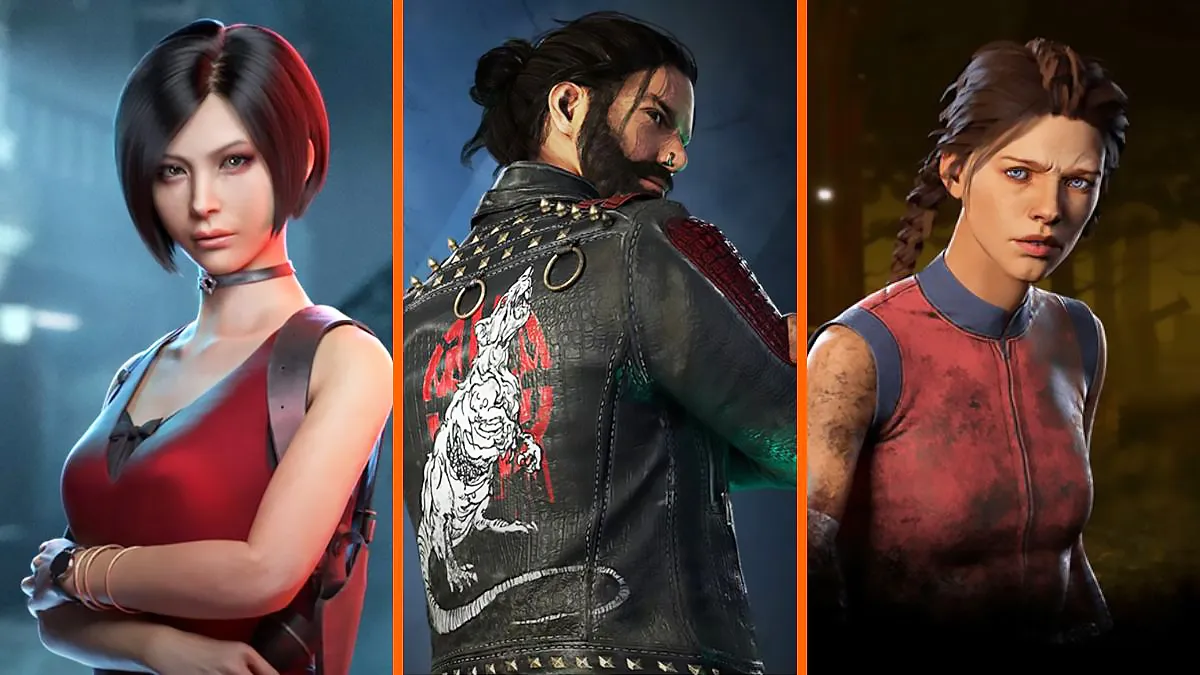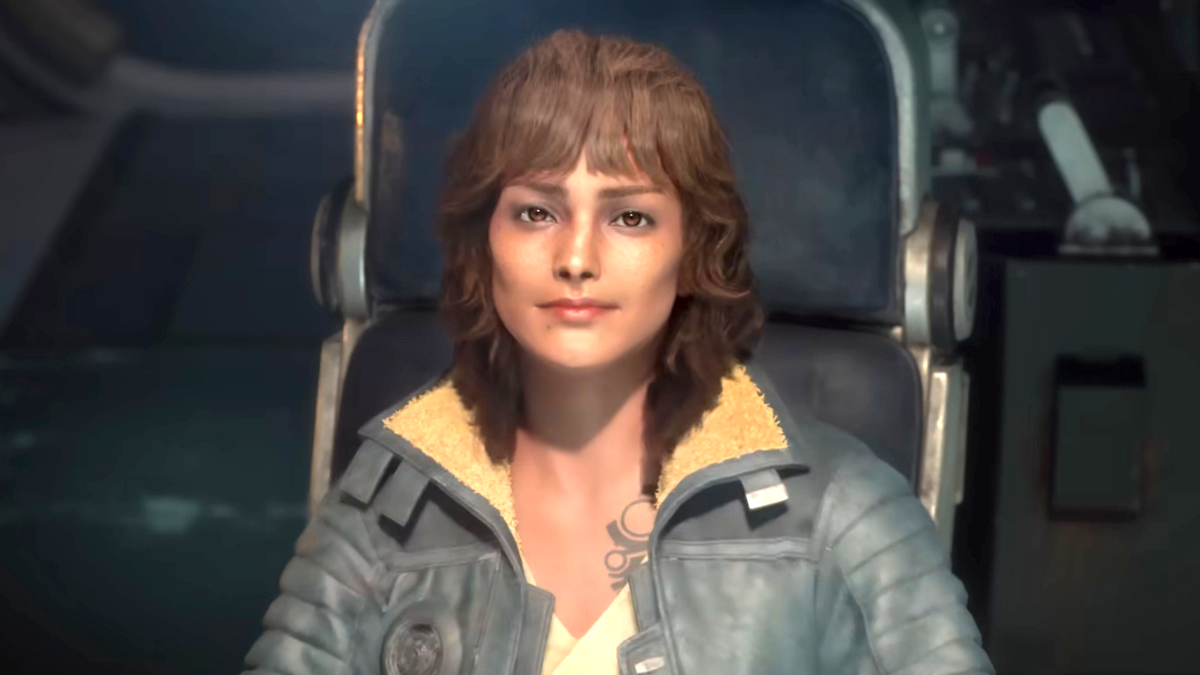
There’s a famous saying that imitation is the sincerest form of flattery. If that’s true, then Sony is displaying a lot of respect for longtime rival Nintendo, by taking the basic gameplay template and concept of the long-popular Super Smash Bros. series and applying it to their own history of franchises. And yet, upon spending some time with PlayStation All-Stars Battle Royale, it becomes obvious that it isn’t quite the carbon copy one might expect. There are certainly a lot of similar elements, but there are other aspects to the gameplay that are more unique. And while some elements in the presentation fall flat compared to Nintendo’s crossover fighters, the overall package turns out to be a lot of fun.
All-Stars is a fighting game at its core, but not a standard one in the vein of Mortal Kombat or Street Fighter. Up to four characters can be played at once instead of just two, and the levels are much larger, allowing for more movement. As is the case behind Super Smash Bros. the major selling point behind the game is banking on the nostalgia and fondness gamers might have for various PlayStation-based characters. From newer characters like Uncharted‘s Nathan Drake and Infamous‘ Cole MacGrath, to PS2 holdovers like God of War‘s Kratos as well as Ratchet & Clank, all the way to characters from PS1 games such as PaRappa the Rapper and Sir Daniel from MediEvil, the roster spans across all three generations of the PlayStation brand.
Similar to Super Smash Bros. borrowing non-Nintendo characters such as Solid Snake and Sonic the Hedgehog, several of the characters included are non-Sony characters, such as Bioshock‘s Big Daddy, Metal Gear Solid 4′s newer version of Raiden, and the redesigned Dante from the upcoming Devil May Cry reboot. They’re fun additions, but it does feel a bit strange having a character from an unreleased game featured ahead of time here, and if Dante’s own game disappoints, it will only feel more awkward in retrospect.
The character roster could be larger, and it feels artificially stretched in other areas (making an alternative evil version of Cole a full character instead of an alternate costume is laziness on par with Super Smash Bros. using Dr. Mario), but if you have ever been into any of Sony’s major franchises, you’re likely going to find someone you recognize. There’s also plenty of experimenting to do, as many of the fighters play very differently from each other. Characters such as Tekken‘s Heihachi specialize in hand-to-hand melee combat, while others such as Ratchet & Clank can spawn various projectiles and helpful items.
Because of this, even though more characters could have been included in the base package (Sony has confirmed more are in the works as DLC), there’s still plenty to master. The game is nice enough to include individual training modes for each character, listing all of their moves for you to pull off one by one, as well as helping you learn some of the combos you can pull off by chaining certain moves together. It’s a helpful addition.
The game also encourages you to play with different characters by nesting its bonus unlockables within an individualized experience point system. Finishing a match, winning, and scoring multiple kills will give your character more XP to help them level up, which can unlock such things as alternate costumes, different character intros and victory poses. Going further, players will find unlockable pictures and backgrounds for a player ID that is displayed on the loading screens for online matches.

The actual gameplay of PlayStation All-Stars Battle Royale should be familiar to those who have played Super Smash Bros. though there is a significant difference in the methods used to take opponents out and score points. Two to four players spawn in a large map with locales taken straight from various games, and move on a 2D plane as they alternate between attempting to attack their opponents with their various moves and trying to dodge enemy attacks at the same time. At random points, an item or weapon will appear on the battlefield. The first player to grab it can make use of whatever special ability it provides.
Where All-Stars deviates from Super Smash Bros. as well as other fighting games in general, is its’ system for KOing players. Characters don’t have health or stamina meters that cause them to lose when fully depleted. In fact, you could hit a character with a basic attack forever and they’d still be standing. Instead, each avatar has a super meter, which can be filled three times by landing successful attacks against opponents, or by grabbing orbs that appear in the level. When the meter reaches a level of 1, 2, or 3, players can press R1 to unleash a powerful super move, which is the only way to take out an opponent. The higher the level, the more powerful and harder to dodge the super is; indeed, some Level 3 moves cannot be avoided at all.
This system might be difficult to get used to at first, but it works. It still rewards the players who can dish out the most damage, and there’s a certain amount of risk and strategy in letting players choose whether to use a weaker super move earlier and possibly have it miss, or try to reach level 3 before the match ends. It also helps that some of the supers are nice callbacks to certain parts of the characters’ games. LittleBigPlanet‘s Sackboy turns competing players into the prize bubbles he’s known to collect with his level 3 super, while PaRappa pauses all the action to launch into one of his trademark songs for a moment, complete with the iconic, “U rappin’ Cool!” on the side of the screen. Those with fond memories of these characters will appreciate the bit of fun nostalgia these provide.
Another way that this release differentiates itself from Super Smash Bros. is in the possible complexity of movesets and combos that can be pulled off. while Nintendo’s series has only two buttons to pull of sets of moves with, All-Stars offers three, and makes the most of it. The square button generally provides straightforward melee attacks, while triangle and circle get more experimental and creative. It’s a system akin to more traditional fighters, where more effort put into learning the ins and outs of each character leads to more rewards.
Despite being a game obviously made with multiplayer as its focus, PlayStation All-Stars Battle Royale does offer some single-player modes, but they could have been handled better. The main draw there is the Arcade mode, which pits your character of choice against the rest of the cast in several battles, culminating with you running into a specific fighter that the game’s impressively prerendered intro specifies as a rival. That’s followed by a final battle against long-ago PlayStation advertising mascot, Polygon Man.
This could have provided a better experience if the conditions for each battle were mixed up more, but aside from the last boss, they’re all matches that you can easily recreate in multiplayer. Another missed opportunity is the halfhearted attempt to give each character a storyline. Instead of actual animated cutscenes, each character’s opening and ending animations are made up of slideshow images with spoken overlays, giving them very basic reasons to fight each other. It would have been neat to do something like Super Smash Bros. Brawl‘s Subspace Emissary campaign by having a full storyline featuring the characters all meeting and interacting with each other, but this idea is limited to the only animated cutscenes in the game, where rival characters meet, talk trash and get ready to fight.
There isn’t even an attempt to set up how all these characters from different worlds are meeting each other. You just get lazy explanations in the intros, such as Cole setting out to find other superpowered individuals, or Heihachi saying he wants to find more opponents to fight. This is the aspect that could use the most improvement through a potential sequel. Hopefully developer Superbot Entertainment will learn from their mistakes here, and will someday put more effort into providing a fun story and campaign. That is, if they take a second go at this.

Despite those stumbles, the core gameplay and multiplayer modes still provide a lot of fun to make up for where the single-player element fails. Human players can provide a real challenge, matchmaking is quick, and cases of lag or glitchiness during online battles are almost non-existent. The leveling system also encourages plenty of replay value, which is always nice.
Those who own both a PS3 and a Vita would be wise to purchase the PS3 version, as it includes a voucher to download the Vita version at no additional cost. Not only that, but so long as players are signed in to a Wi-Fi network, data such as character levels will sync across both systems automatically, meaning that you can still get some playtime while on the go, which can be transferred back to your home console later. It’s a nice touch, and hopefully a system that Sony will continue to make use of.
PlayStation All-Stars Battle Royale isn’t the most original fighter on the block, but it’s one of its type’s most enjoyable outings. Those who are not into multiplayer games won’t get the most out of it, but with a lot of hidden depth and content, a varied and memorable character roster, plus solid controls and gameplay, it’s both a fun game and a source of heavy nostalgic bliss.
This review is based on a PS3 copy of the game.






